
Leveling your yard can help with drainage and prevent damage to your home. Learn the cost to level a yard and what factors can affect the price.
Your landscape is a blank page packed with opportunities


Picture your dream yard. Maybe you see a beautiful, blooming garden. Perhaps you imagine a soothing place where you can escape the world. Or, maybe you envision yourself enjoying Mother Nature in the company of family and friends. Whatever your vision, achieving the landscape refresh of your dreams doesn’t have to be difficult or expensive. Consider a variety of upgrades–big and small–that can make a huge impact.
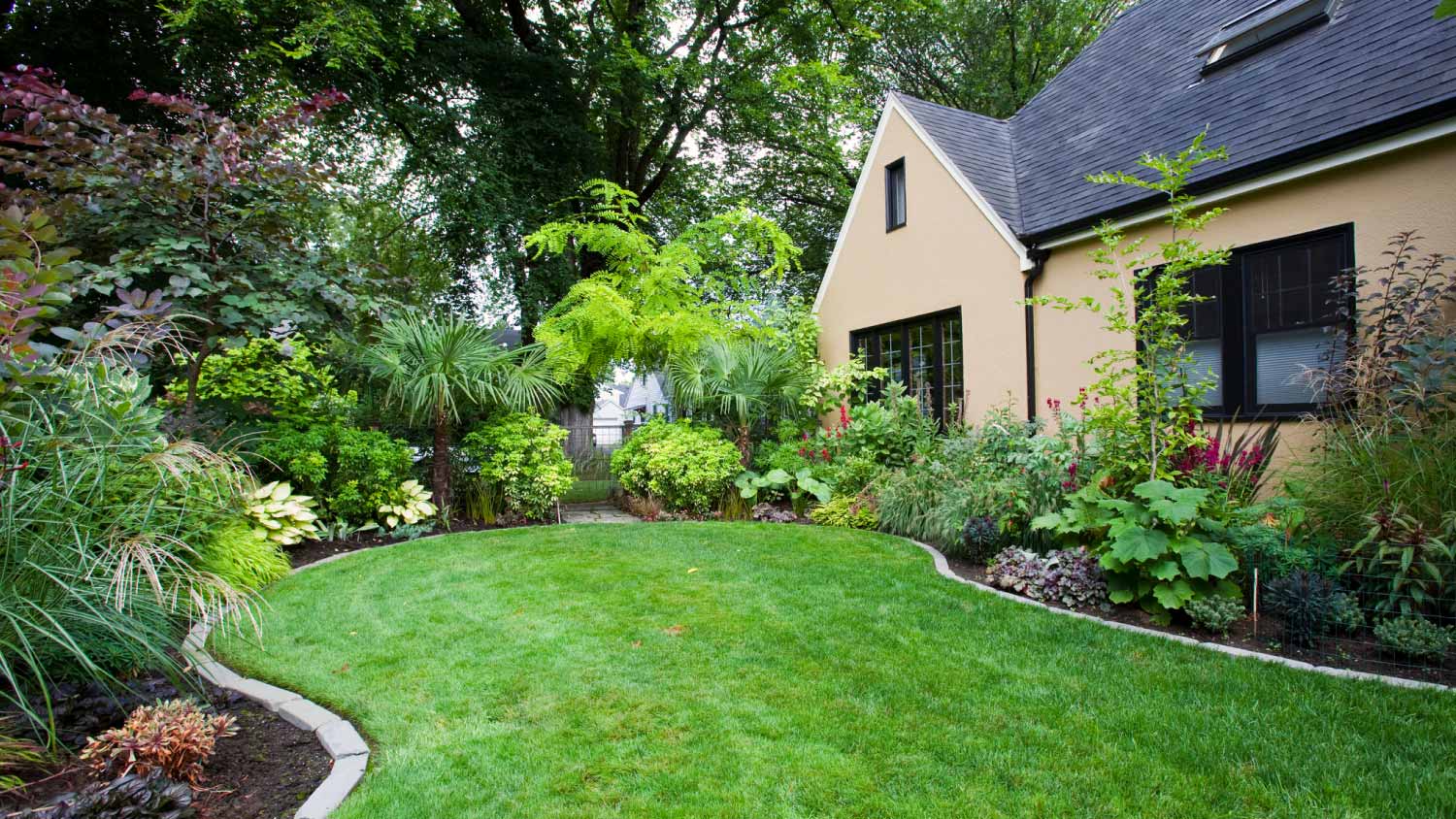
One of the first things people notice about a landscape is the lawn. Nothing beats the sight of beautiful, lush green grass. Caring for your lawn is a year-round task that includes everything from jumping into spring lawn maintenance to winterizing your landscape before the first frost.

Choose plants that work well together, especially if incorporating potted plants in your landscaping. Companion planting is not only visually appealing, it also helps plants to thrive. For example, sunflowers add stunning beauty to a garden, but inhibit the growth of any surrounding plants. Don’t forget to prune your plants regularly to keep them healthy and thriving year-round.

Choose multi-purpose plants while planning your landscape to get the most out of your garden. Edibles like blueberries and tomatoes not only provide delicious homegrown food, they add pops of color and beautiful foliage to the garden. Even if you’re short on space, you can use compact edible berry shrubs, such as those from Bushel & Berry, to add fresh fruit instantly.

Raised beds can add depth to the garden and serve as a great focal point in your landscape. Raised gardening beds are also harder to reach, which serves as an added bonus if critters have been snacking on your plants. Be sure to layer the base of your raised beds to ensure proper drainage and room for your roots to flourish.

For a dramatic contrast, mix living plants with practical hardscapes. Add stone walkways or pebble beaches to the garden to create a textured landscape. Or, plant contrasting colors near each other for a bold, colorful yard.

Your house has different rooms, so why can’t the garden? Use symmetrical lines of flowers, shrubs or succulents to create borders in your landscape. Then, you can style each portion of your yard differently for a unique look.

Particularly great for small space gardeners, container plants fit perfectly into any landscape. The best part is, almost anything can be made into a container garden, so get creative!

A backyard can be a place to relax and simply enjoy your surroundings. If you like to escape from the world, you’re going to want some privacy. Plant tall hedges or fences in your yard to create a secret oasis or consider adding a new privacy fence along the edge of your patio.

If you love hosting company and entertaining guests, make your landscape party-friendly. Use big trees to create plenty of shady spots to relax. Incorporate outdoor furniture in your backyard and add elements like fire pits and string lights to create a fun, welcoming environment.

The best way to get kids playing outside is to have a kid-friendly landscape. Add a swing set, sandbox or paved stones for hopscotch to keep your little ones active and happy. Use this opportunity to teach them about gardening and growth.

You have a vast range of options when switching to a xeriscaped landscape—also known as a landscape that doesn't require a lot of irrigation. Artificial turf is an excellent option for when you want to skip the weekly mowing or reduce your water use. Turf has come a long way, and you can find many varieties that mimic real grass.

Who says that your garden requires day-in and day-out pruning, watering, and fertilizing? Landscape stones offer plenty of options for designing a rock garden up against your home, edging along the pathways of your house, and lining walkways and patios. You can add structure to your landscape without making any major changes.

We should always adjust landscape ideas to match our local region. After all, the insects, animals, and even transportation of pollen depend on this. Choose plant species native to your local region to ensure that they flourish and support the local ecosystem.

Perennials are the foundation of your garden. They come back year after year, and many perennials flourish even more each time they bloom. Consider planting area-specific flowers and shrubs that take time to mature–giving you something new to look forward to each season. Remember, choosing the right perennials for your yard will differ from yard to yard.

A wild garden is not the same as an untidy one. Let your plants flourish for a more natural and wildlife-friendly landscape. Allowing vines, shrubs, and trees to expand without too much trimming offers places for birds and small mammals to nest without disruption. It also shows off your green thumb when the neighbors walk by.

It is crucial to keep drainage in mind whenever you make changes to your landscape. Prevent yard flooding by grading the land slightly away from your foundation, ensuring your soil is not overly dense, and installing well-draining hardscape elements. Permeable pavers are best when possible, though built-in drains are great options as well.
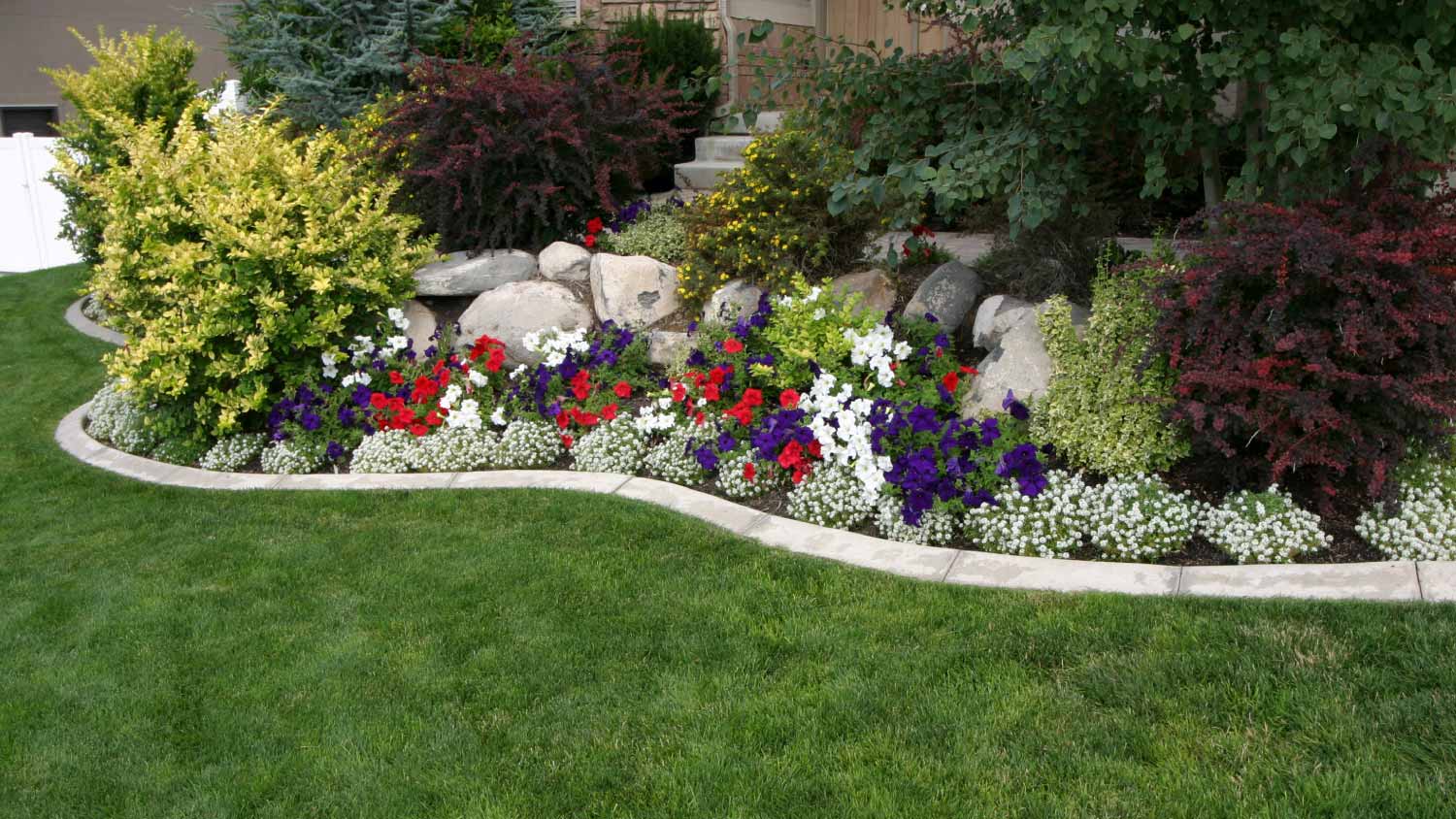
Curious how your neighbors keep their gardens looking so neat and organized? Garden edging is a technique that uses stone, plastic, metal, or wood to create a clean edge around your garden. The perimeter keeps weeds from moving into your garden, prevents erosion, and minimizes water runoff.
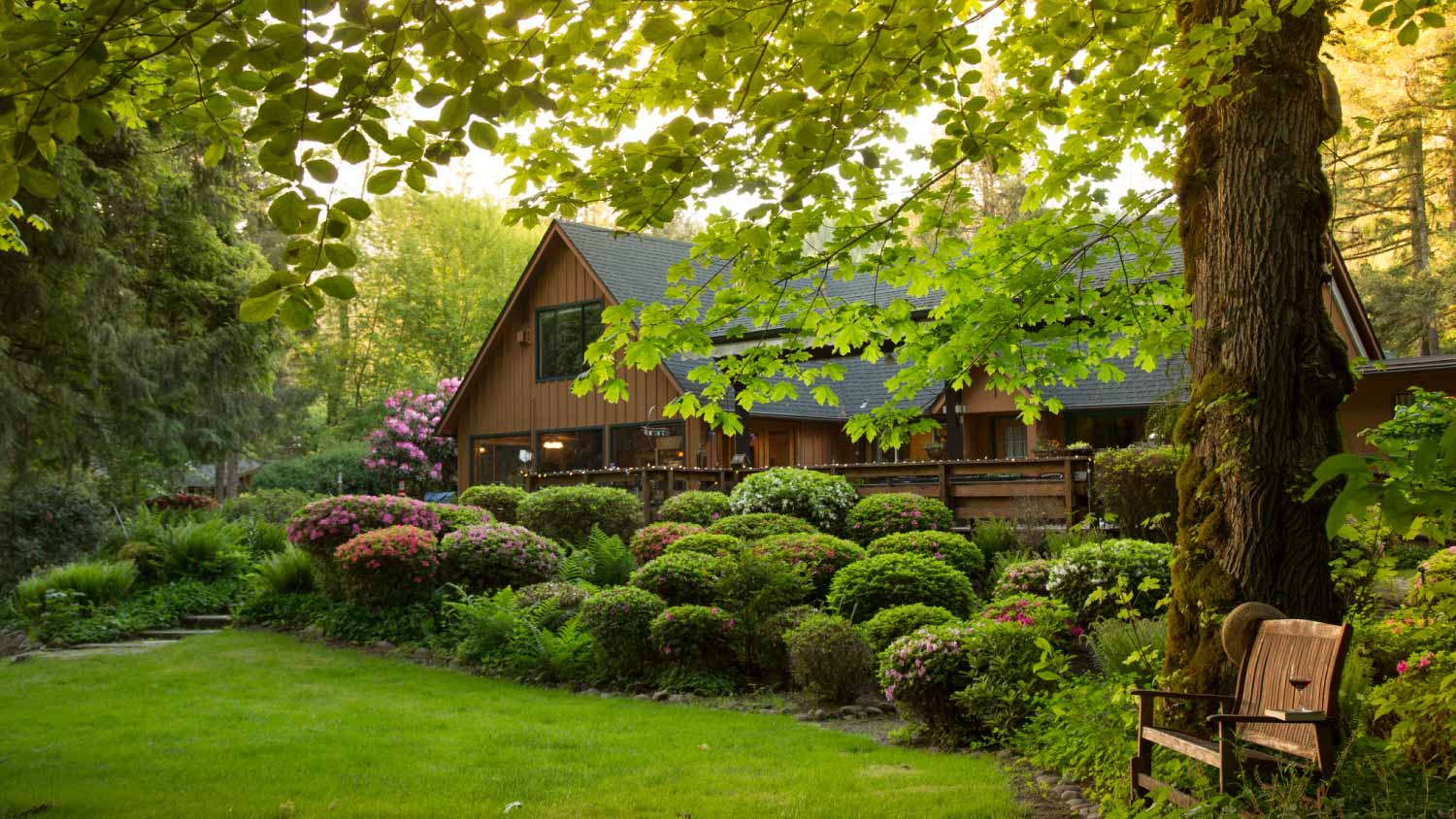
Shrubs are a must-have in most landscapes, but for more reasons than you might think. There are many drought-tolerant shrubs, and their tough, deep roots are ideal in areas prone to erosion. Shrubs also change throughout each season, adding a range of colors to your yard as it makes its transition from warm to cool weather.

The cost of hardscaping runs the gamut, but installations such as building a rock wall can bring a lot of practical value to your landscape. Not only does it serve as a property line marker in many cases, but it can also enclose a garden, prevent erosion on a slope, and add a stylish focal point to your overall design.
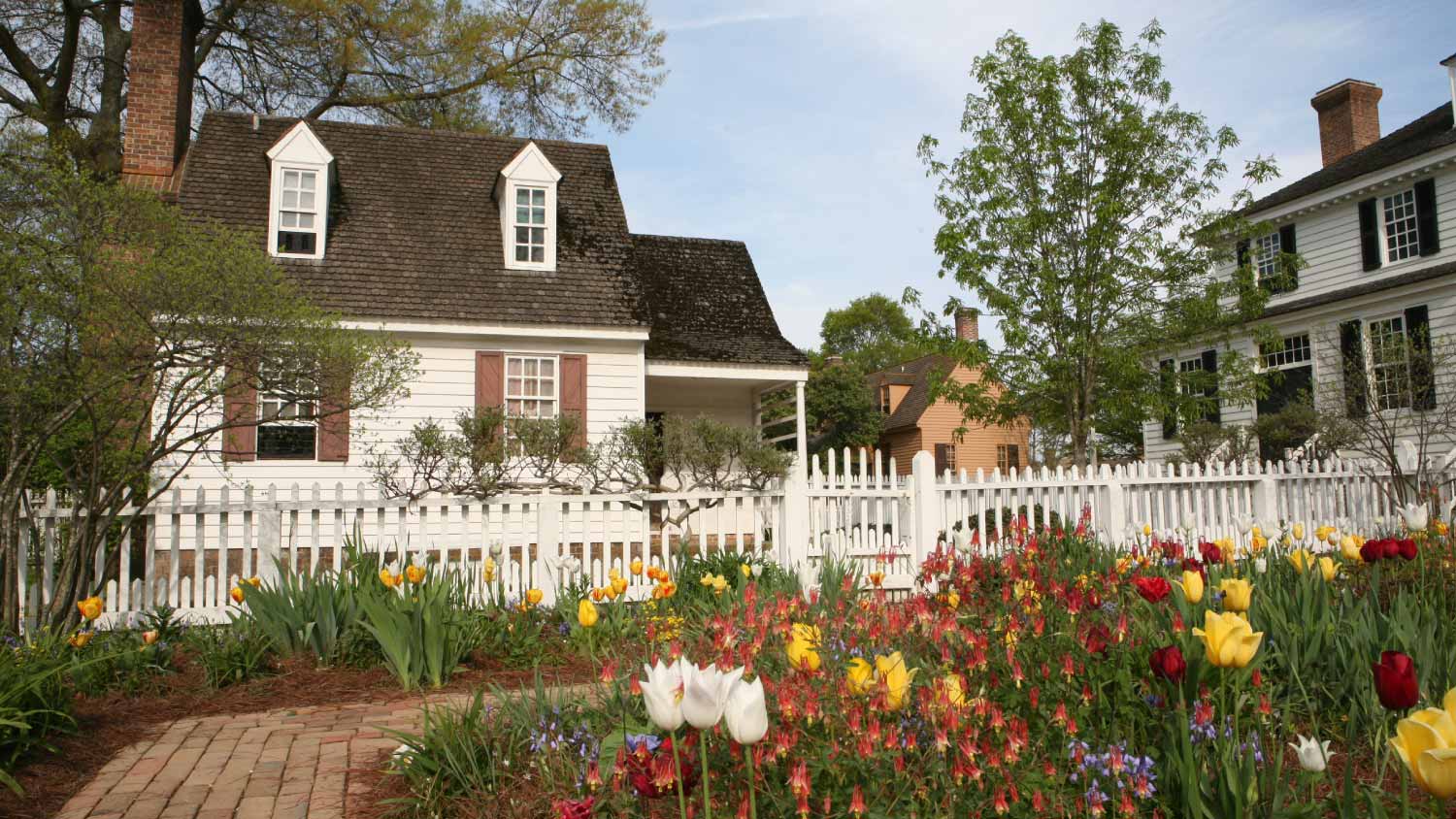
Gardens are meant to be enjoyed year-round, even when plants are just making their debut in the spring. When planting tulip bulbs, place them in the ground before the first frost of the fall and enjoy their announcement of warm weather on the other side of winter. Even better, many tulip varieties are perennials, so you only need to replant bulbs in the fall every few years.
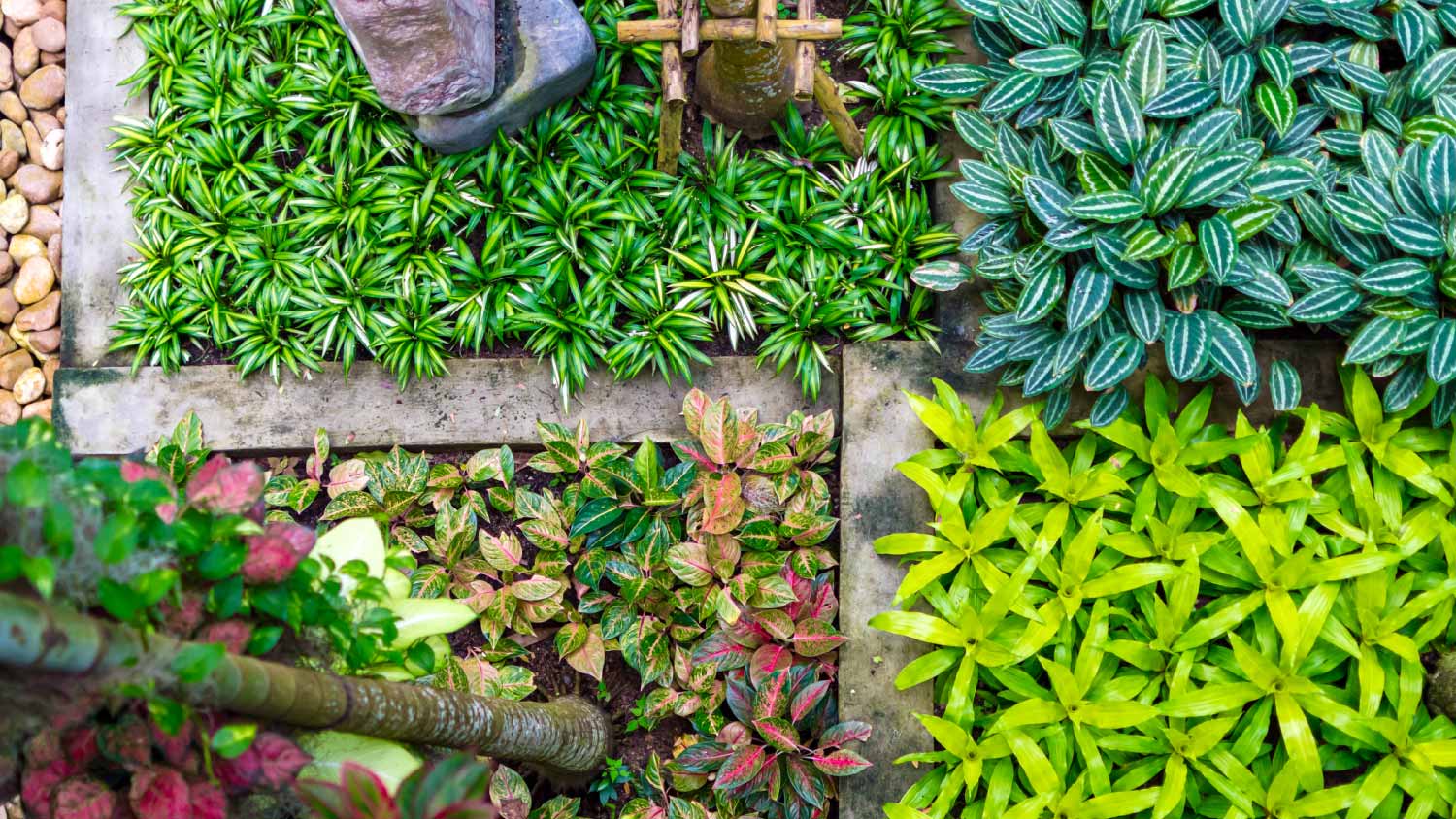
Ground cover plants are becoming all the rage the more we turn our focus toward planting low-maintenance landscapes. These plants are easier to care for than many traditional species of grass, and they offer a unique texture and color in your yard. Check out which ground cover plants do best in your USDA planting zone for year-round resiliency.

Landscape design can increase the value of your home when you enhance your home’s curb appeal. Extend your gardening style to the sides of your fence or front gate to welcome guests. Consider adding vibrant and potent blooms for a great first impression.

Pollinator gardens are important for your yard and your local ecosystem. Attracting birds, butterflies, and bees means that you'll encourage cross-pollination and support a balanced food chain in your backyard. For example, more birds means fewer pests and fewer pests means less fussing over your plants with pest control methods.

Save yourself a trip to the grocery store by planting fresh herbs and aromatics in your yard. Growing lavender offers years of perks, from tea to home decor to herb gardens of parsley, sage, rosemary, and thyme. Be sure to research which herbs require full or partial sun and which herbs prefer a space all on their own—like wandering mint.

One of the perks of investing in professional landscape design is the diversity of plant species, colors, and textures that a pro brings to the table. Consider planting in layers—with small colorful annuals up front and thicker, perennials lining the back of your flower bed. Incorporate rose bushes and ornamental grasses that change colors with each season as well.

Whether you live in a rocky landscape or recently had stones brought in for your hardships, use larger boulders to your advantage. Boulders throughout your landscape are ideal for surrounding with flower beds, mulch, and even small rock gardens. You can also add boulders to backyard water features, particularly naturally inspired fountains and waterfalls.

Winterizing your landscape is one of the best things you can do for your yard to prepare for a great spring. Mulching your flower beds, aerating your lawn, and bringing your container plants indoors should all top your to-do list. Take care of any major maintenance—such as trimming tree branches—before the snow comes as well.

Even if your yard is relatively flat, add a bit of height to your garden by installing trellis, stakes, or growing ladders for plants that love to climb. Morning glories, ivy, and rose bushes all love space to grow, as well as veggies like squash and tomatoes.

If a fireplace is the hearth of your home, the firepit takes center stage out back. Plan your hardscape and landscaping design around a roaring fire, always with safety in mind. Include flexible seating areas surrounding the space with shrubs and flowers to surround your guests with the gifts of your garden.

Installing a gravel path is an easy DIY project. The layers of dense stone work well for walkways, driveways, and even patios when given enough support. Be sure to place a sand or mesh layer if you have soft soil prone to drainage issues.

Make a big impact with little change to your landscape by choosing a bold-colored perennial. This works well against the backdrop of a neutral-hued home where the bold-colored perennial will truly stand out. The shrub or flower will also attract pollinators, which can increase your home’s curb appeal.

If you want your rustic landscaping to maintain its look while adding structure, you can work with natural stone. Opting for natural stone may add to the overall cost of landscaping, but the results are one-of-a-kind and visually striking. Be sure to work with a professional landscaper to ensure your stones are properly supported and held in place.

Protect your garden while beautifying it at the same time by learning how to insulate with mulch. There are many types of mulch to choose from, including everything from organic to inorganic varieties. Mulching will protect your garden's soil from changes in temperature, moisture, and even weeds.

If your home has vintage decor on the inside, you can extend that look to the outside of your home, as well. Antique wagon wheels, wheelbarrows, and watering cans are all excellent garden planters and focal points. Upcycle your furniture in the same style by adding a new stain or whimsical lighting to the design.
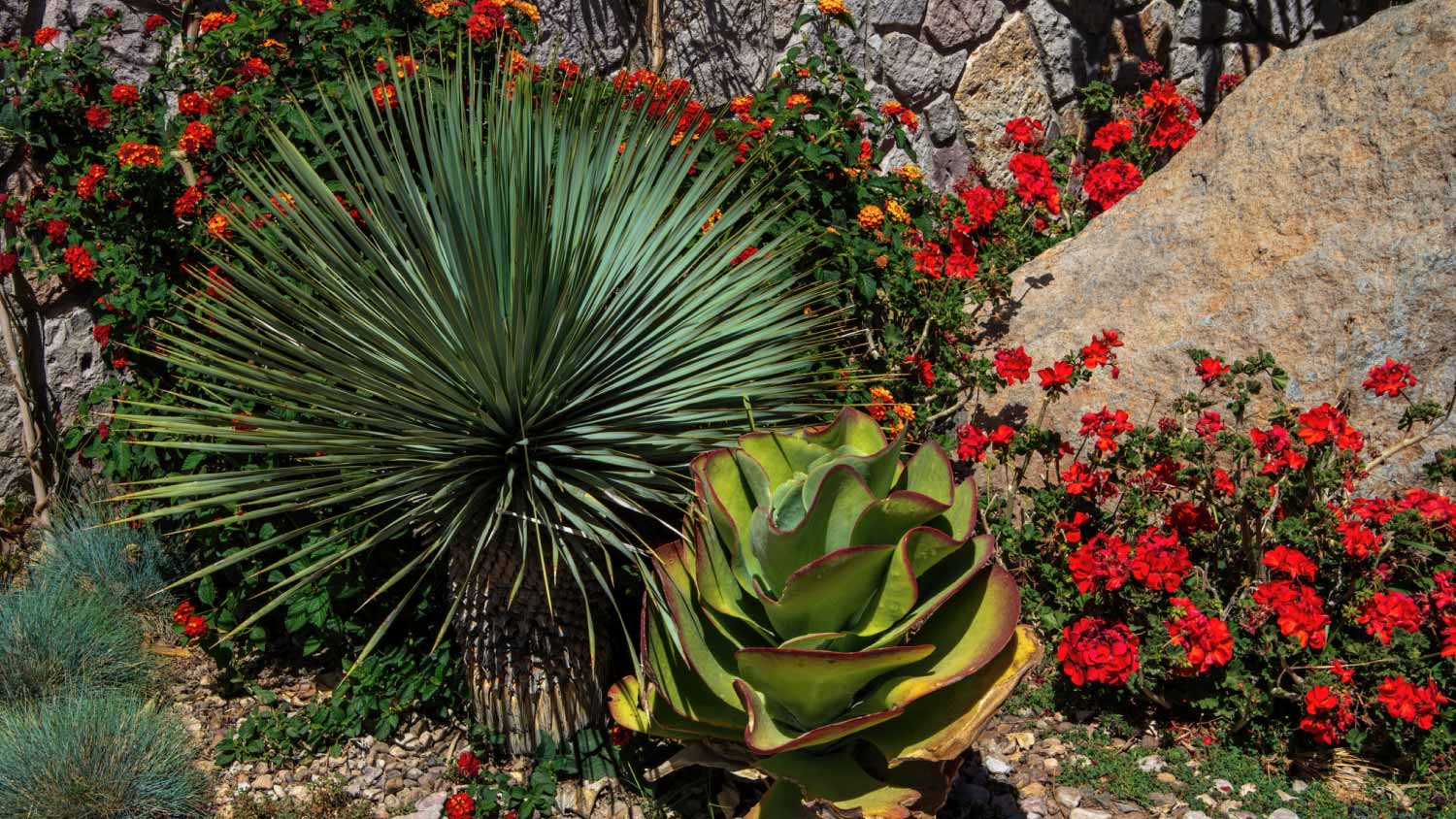
The art of xeriscaping costs between $5 and $20 per square foot, though every drought-tolerant garden varies. Opt for native plants that can handle your dry weather and direct sun. Consider swapping out grass for resilient ground cover plants or opting for a rock garden instead.

It's normal to get stuck in a rut with the symmetrical, straightforward lawn and garden style. Consider planting new shrubs or trees that change the average height of your lawn. You can even use dense and tall shrubs to create a privacy hedge.

Succulents aren't just for lining your windowsill. If your local climate is conducive, fill your rock garden and other well-draining soil with these low-maintenance plants to add texture and vibrant color to your garden year-round. Concentrate your cacti garden at the entryway of your home or throughout your property.

Collecting rainwater is an eco-conscious tactic for watering your garden or rinsing off the patio. Opt for a water collection barrel or a cistern that attaches to your gutters. You can also attach rain chains to the side of your home to redirect the water into a container and away from your foundation.

Impress your guests as they walk up to your porch and front door. Opt for shrubs that are dense and tall enough to create a lush wall of greenery around the formation of your porch. Add a line of lower plants in front that change with the season. Consider hanging plants and container gardens on the steps for extra color.

Even without a plot of land, you can still grow an epic garden. Some types of plants are meant for your patio, thriving in a range of sunlight exposure and well-draining pots. Shift the plants around to change the look, and to match the pathway of sunlight each season.

Pottery is a playful way to add more color and style to a container garden. As long as the container allows water to drain from the sides or base, it can house your roses, begonias, and lavender gardens. Remember to repot your plants in larger containers as they grow and spread out, but be sure you can still move them indoors when they make the upgrade.

If you're dreaming up landscaping ideas deep into the end of winter, consider starting plants from seeds indoors. There are countless plant varieties out there—from veggies to flowers—that benefit from an early start. Not only does this give you more gardening time, but it allows your yard to flourish far earlier in the season.

Can your landscape spice up your next dinner idea? In addition to your veggie and herb garden, consider planting an array of peppers that add heat to your best dishes. Whatever you decide to grow, there's nothing quite like foraging in the garden before whipping up a meal.
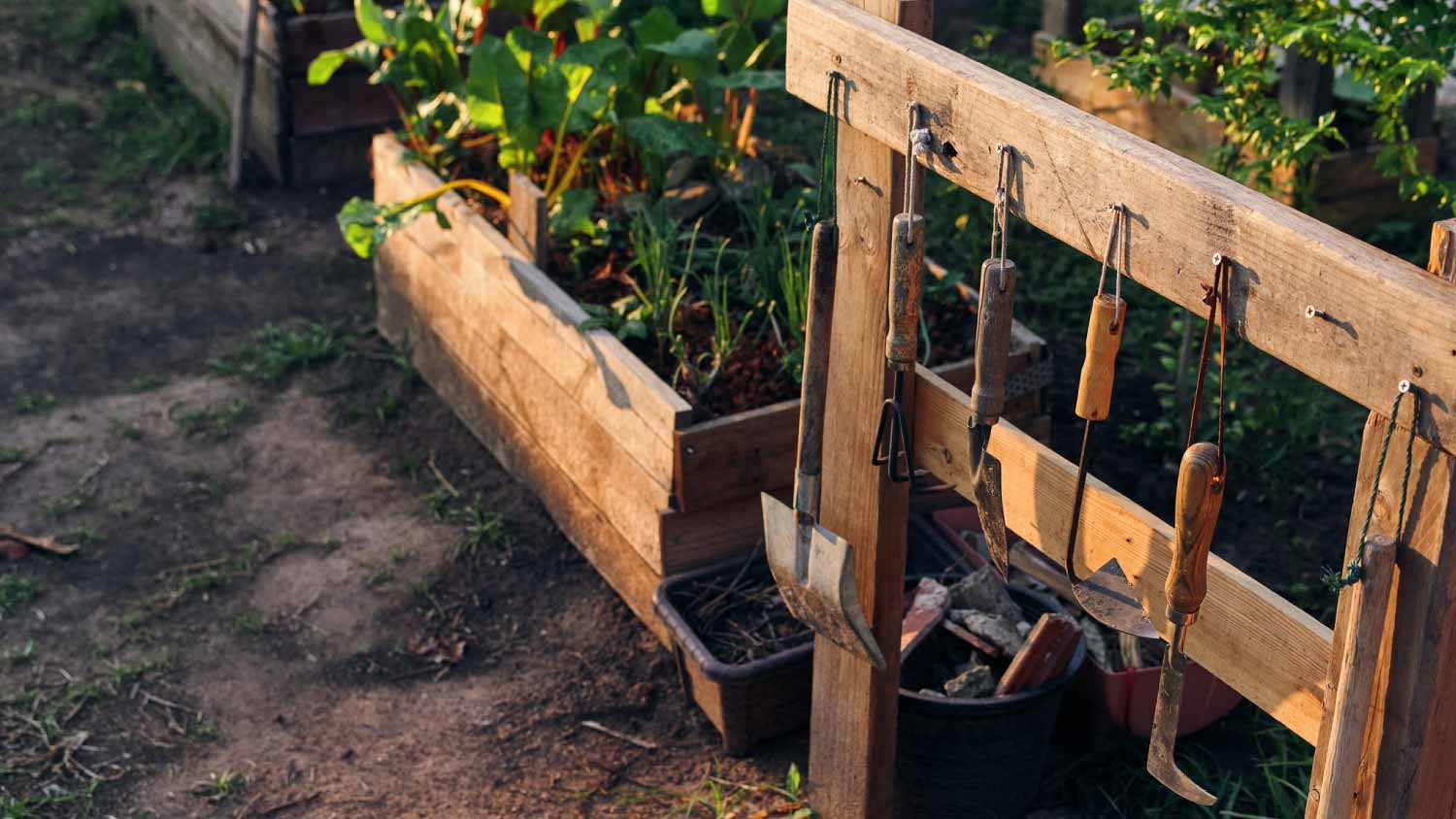
If you're passionate about pruning, trimming, and aerating, keep garden tools right next to your veggie garden. You can create a mini outdoor workstation so you don't have to run to your shed when you need your tools. Just remember to use garden tools that will withstand a sudden downpour.

Of all the backyard pool ideas out there, pool landscape lighting is a must-have. Not only does it look beautiful, but it is necessary for pool safety. Be sure to illuminate the walkway surrounding your pool, as well as shrubs, trees, and water elements that decorate the area.

If your driveway is long and winding, you can show off your gardening skills long before the start of the lawn. Add hardy plants and low ground cover that can sit next to the concrete or gravel. Planting a strong garden along your driveway will assist with water runoff and erosion.

Consider placing a bench, seating area, or dining table right in the center of your best rose garden. Adding a lounging opportunity means that you and your guests will have an amazing view of your blooms, and you can–quite literally–stop and smell the roses.
From average costs to expert advice, get all the answers you need to get your job done.

Leveling your yard can help with drainage and prevent damage to your home. Learn the cost to level a yard and what factors can affect the price.

Xeriscape costs depend on materials, the size of your yard, and if you DIY. This guide will help you determine what your xeriscaping project will cost.

Landscape curbing can really improve the look of a yard, but at what cost? Find out how much it costs and the different ways you can do it

Shrubs come in a huge array of shapes and colors. Here are 25 beautiful and low-maintenance types of shrubs to consider for your landscape.

Overseeding your lawn can help fill in sparse areas and grow thick, lush grass without starting over. Find out how to overseed a lawn successfully.

Wondering how to clean dog urine off artificial grass? Revitalize your turf (even if it's pet-friendly) with this simple seven-step cleaning guide.